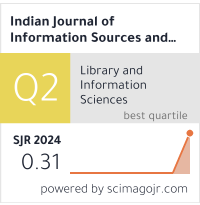Development of AR (Augmented Reality) Learning Media Based on Ethnotechnology to Enhance Kindergarten Students' Creativity
DOI:
https://doi.org/10.51983/ijiss-2025.IJISS.15.2.39Keywords:
ADDIE Model, Augmented Reality, Early Childhood Education, Ethnotechnology, Student CreativityAbstract
This study aimed to create and evaluate the efficacy
of augmented reality-based learning materials guided by an
ethnotechnological lens, hoping to spur more imaginative
processes in kindergarteners. A research and development
approach was taken using the ADDIE design model to analyze,
conceptualize, develop, implement, and assess the product.
Observations, expert questionnaires for validation, and trials
with students and instructors provided insights. Analysis tested
validity, practicality, and effectiveness. Findings revealed the
materials satisfied criteria for appropriateness, feasibility, and
impact in enhancing student imagination. Expert validation
affirmed suitability, while pilot testing showed amplified
participation and creativity during lessons. Incorporating an
ethnotechnology-infused augmented reality curriculum holds
promise as an innovative early childhood education tool.
Further development should enlist broader involvement over
longer periods to comprehensively gauge effects.
Downloads
Published
How to Cite
Issue
Section
License
Copyright (c) 2025 The Research Publication

This work is licensed under a Creative Commons Attribution-NonCommercial-NoDerivatives 4.0 International License.









